Tags: Earth

Bitgreen Partners with GEAPP and Sewa Energy Resources to Build a $110M Hydroelectric Facility in Sierra Leone

Artemis I Mission Seized Amusing 'Earthset' and 'Earthrise' Footage; Earth's Apparent Setting Differences Explained

More Scientists Want To Study Dimming the Sun in a Desperate Move Cool the Planet
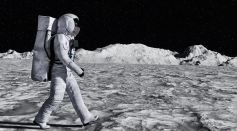
Could Humans Live on the Moon? NASA Believes People Would Be Living on the Lunar Surface by 2030
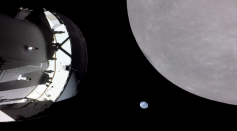
NASA's Artemis I Performs Lunar Flyby on the Sixth Day of Its Mission, Passing by Apollo Landing Sites

Meteorites Detected in Canada Hours After the Discovery of a Small Asteroid

Winchcombe Meteorite Says Earth's Water Probably Came From Outer Space [Study]

Winchcombe Meteorite: This Asteroid May Solve Mystery Of Earth’s Water

Earth's 'Stabilizing Feedback' Retains Global Temperatures in Control Over 100,000-year [Study]
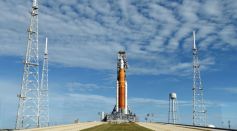
NASA Artemis 1 Shares Stunning Photo of Earth, Moon [LOOK]

NASA's Orion Spacecraft Unveils the First Video of Earth as It Begins Its 25-Day Mission Around the Moon
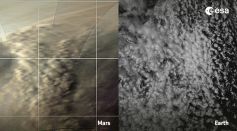
Earth-like Clouds Found on Mars After Dust Storms Despite Having Different Atmospheres
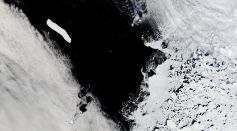
Satellite Spots World's Largest Iceberg Twice the Size of London Floating off Towards Warmer Seas of the Equator

Scientists Warn That Earth's Vital Signs Have Reached "Code Red" as They Are Now at Record Extremes

Over 10-Billion-Year-Old Remnants of a Destroyed Solar System is the Oldest Ever Found in the Milky Way Galaxy

Medium-Intensity Solar Flare Hits Earth's Magnetosphere That Resulted in Loss of Radio Signals, Blackouts in New Zealand and Australia

Destructive Solar Storms May Not be Responsible for Radiation Shadows on Earth Trees

Ozone Layer Hole Over the South Pole Shrunk by 700,000 Square Miles, NASA Announces

Planet Killer' Asteroid That Hides Within Sun's Glare May Hit Earth One Day

Skyscraper-Sized Asteroid Flying Towards Earth This Halloween? Here’s What NASA Says
Most Popular

Microplastics Are Everywhere — How Plastic Pollution Threatens Wildlife, Soil, and Water

Brain Health Aging Guide: Effective Strategies for Cognitive Decline Prevention and Lower Dementia Risk

Mitochondrial Health and Aging: How Cell Energy Drives Modern Anti-Aging Science

How Scientists Use Radio Telescopes to Search for Alien Signals Across the Universe





